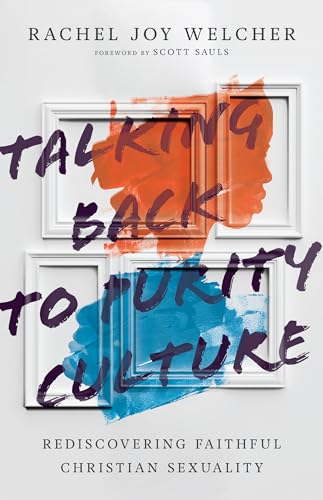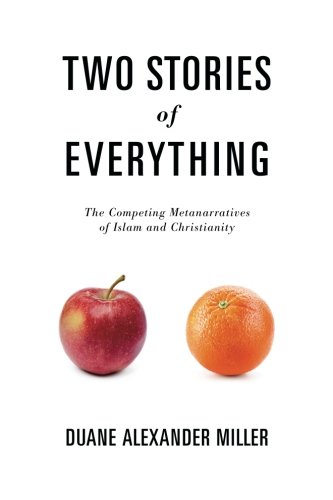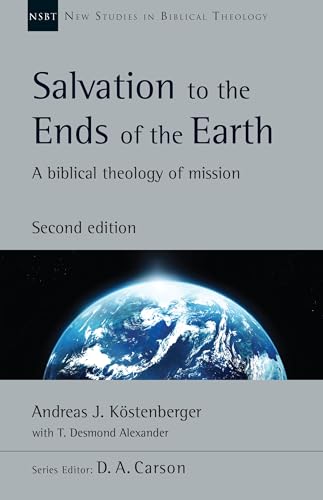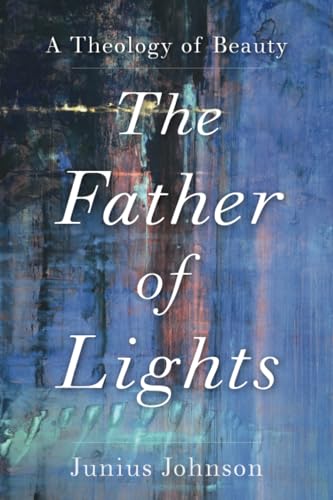Exodus Old and New: A Biblical Theology of Redemption
Written by L. Michael Morales Reviewed By Drew N. GrumblesExodus Old and New is a wonderful addition to a recent series, Essential Studies in Biblical Theology. Like other books in the series, this work intends to provide a succinct overview of an essential biblical theme (pp. ix–x). In this case, that theme is the exodus. Due to its inherent space constraints, Morales does not examine his theme through all of the Bible, but he explores the various “mountain peaks” of the exodus theme in both testaments.
Morales begins by showing exodus themes in the primeval history of Genesis. The story of creation, fall, and re-creation (through the flood) is told in exodus language, with God controlling the chaotic waters to bring life, then delivering mankind through waters of judgment (p. 49). After the fall, “the restoration of humanity must be in the form of an exodus back to God” (p. 8). Next, Morales shows the exodus pattern in Abraham’s life. His focus is Abraham’s “Passover,” the binding of Isaac. He claims that the entire OT sacrificial cult is based on this event (p. 31), but perhaps it is better to simply say that Isaac’s binding prefigures and illustrates the cult.
After this, Morales moves to the book of Exodus. In chapter three, he discusses the plagues, showing how they reveal YHWH as Creator God, and how each plague is a steady de-creation of Egypt (p. 44). In the next chapter, Morales argues that the sea crossing is a slaying of the sea dragon, pointing back to creation. He shows Egypt as Sheol with Pharaoh as the sea dragon. Chapters 5–7 continue with Exodus. Morales gives a wonderful description of the Passover’s significance, continues with exploring Moses as mediator, then shows how the sacrificial cult reflects the Exodus pattern.
Part 2 of the book covers the post-Pentateuch OT. Morales begins by discussing the temple and exile, showing a need for a second exodus. Although Morales mentions relevant psalms, I wish he had made some mention of exodus language in the wisdom literature. Next, he explores the prophets’ expectations of the second exodus, including two chapters on the Servant of Yahweh in Isaiah, the slain lamb through whom Zion would be transformed.
Part 3 moves on to the NT. Two chapters examine the Gospel of John as a representative sample. First, John presents Jesus as the Passover lamb. He also speaks of his death as a “departure.” Then, Morales shows how the resurrection is the new, greater exodus, restoring the world from its Edenic fall via a new creation. He then devotes a chapter to Jesus pouring out the Spirit for a new creation, the ultimate deliverance out of the wilderness into the promised land. The book concludes with a more sermonic rendition of Christ’s resurrection, in Pauline literature, as an exodus that gives new life to God’s people.
Morales is a noted scholar of the Pentateuch (see The Tabernacle Pre-Figured: Cosmic Mountain Ideology in Genesis and Exodus [Leuven: Peeters, 2012] and Who Shall Ascend the Mountain of the Lord?: A Biblical Theology of the Book of Leviticus, NSBT 37 (Nottingham: Apollos, 2015]) and is ably qualified to write about the exodus. In addition to his scholarly acumen, his eloquent writing particularly stands out. Consider the sentence, “Every fiber and molecule of the new creation will have been led through the passage of the crucifixion, burial, and resurrection of the Son—in whom they hold together—into new life” (p. 188, emphasis original). Such wordsmithing, however, buttresses his strong arguments, rather than distracting from or covering for any weak points.
One minor point of critique is that Morales treats the exodus theme in quite broad terms, never really specifying what makes up the “exodus theme.” The sense from the book is that humanity is alienated from God in exile, and the exodus is their return to Yahweh’s presence. This includes themes of substitution and miraculous deliverance. But these elements are not quite explicitly formulated as the theme. One example from the book that raised this question was the section on John’s Gospel. There, Morales does not mention the Red Sea crossing. Yes, Jesus’s death is that of the Passover Lamb. Yet is his death not also a “baptismal” exodus through the waters of judgment, coming out victorious on the other side? Morales demonstrates Eden and Sabbath connections in reference to Christ’s death and resurrection, themes related to the exodus, but foregoes discussion of deliverance through the Sea. The question, again, is what must be included to be defined as the exodus theme—return from exile, a sacrificial lamb, the Sea crossing, or delivery from bondage? Do they all have to be present to have the “exodus theme”?
Notwithstanding this small issue of a more specific definition, Morales’s book is a feast of biblical theology. He creatively and devotionally shows many profound connections between biblical texts. His book will provide depth of insight for teaching the Bible more richly. For example, he presents Egypt as Sheol, a “watery womb of exile” (p. 38), an idea that will provide texture for one teaching on Egypt throughout the OT. This work, therefore, is highly recommended for pastors and Bible teachers who wish to enrich their knowledge of Scripture. For biblical scholars, this is a valuable resource on the exodus theme and a beautiful example of how to trace a theme through the canon.
Drew N. Grumbles
Drew N. Grumbles
Central Valley Community Church
Hartford, South Dakota, USA
Other Articles in this Issue
Exclusion from the People of God: An Examination of Paul’s Use of the Old Testament in 1 Corinthians 5
by Jeremy Kimble1 Corinthians 5:1–13 serves as a key text when speaking about the topic of church discipline...
Is it possible to speak of a real separation between Jewish and Christian communities in the first two centuries of the Christian era? A major strand of scholarship denies the tenability of the traditional Parting of Ways position, which has argued for a separation between Christians and Jews at some point in the second century...
A Tale of Two Stories: Amos Yong’s Mission after Pentecost and T’ien Ju-K’ang’s Peaks of Faith
by Robert P. MenziesThis article contrasts two books on missiology: Amos Yong’s Mission after Pentecost and T’ien Ju-K’ang’s Peaks of Faith...







